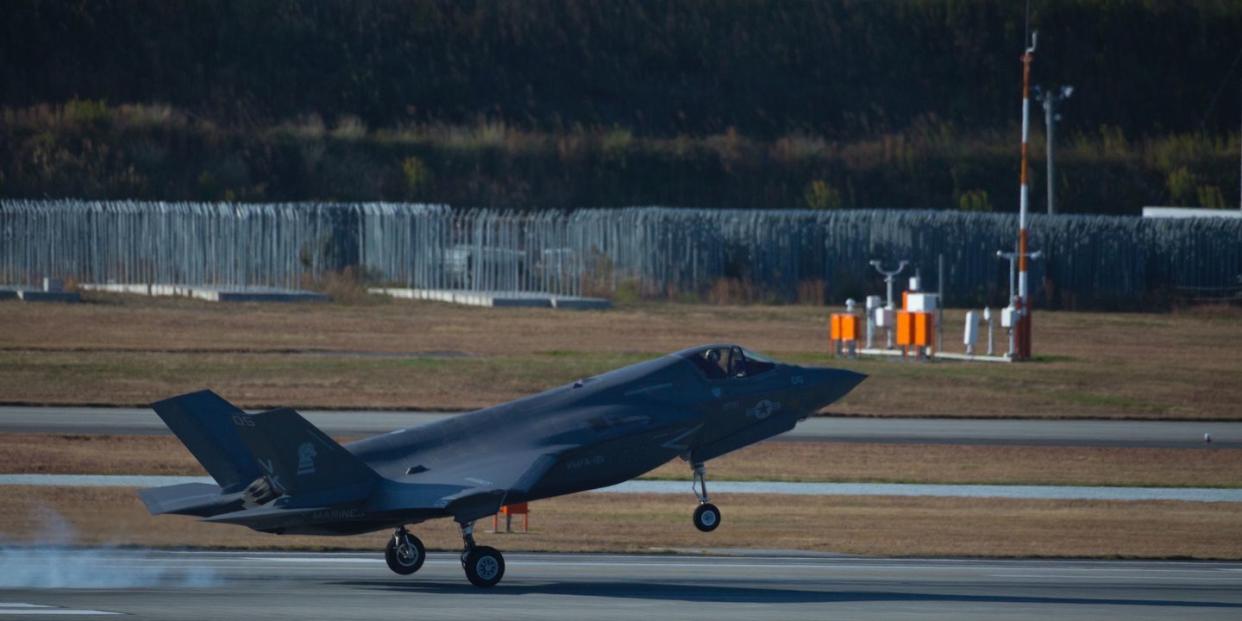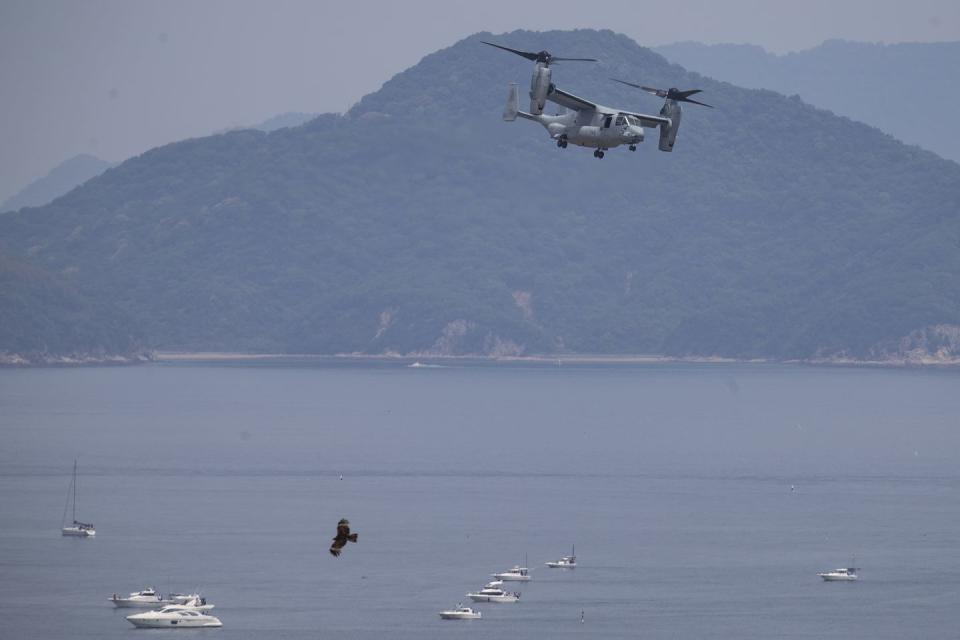An Ordinary Bird Brings Down the World's Most Advanced Warplane

A collision between a bird and a F-35 Joint Strike Fighter caused more than two million dollars in damage and grounded the jet until repairs are completed. The pilot of the aircraft, based in Japan, was not injured, but the incident highlights how even the most high tech aircraft can be instantly crippled-sometimes with fatal consequences-by a simple collision with wildlife.
The incident took place on May 7th and Marine Corps Air Station Iwakuni. The fighter, assigned to the Japan-based Marine Fighter Attack Squadron 121, collided with a bird on takeoff. According to Military.com the pilot was uninjured and able to safely taxi the aircraft off the runway. Although exact details of the damage were not released the incident was classified “Class A” by military authorities, which means at least $2 million in property damage was sustained by the $120 million F-35B fighter bomber.
The Department of Defense’s Partners in Flight program, meant to conserve migratory and resident birds on DoD lands, estimates that the Air Force, Navy, and Marine Corps report up to 3,000 bird strikes a year, what it refers to as Bird/Wildlife Aircraft Strike Hazard (BASH). Most of those strikes do not result in damage to the aircraft or injuries to aircrew, but a handful do very serious damage, resulting in damages in excess of $75 million a year.
The DoD takes BASH seriously. Blood, bits of tissue, and feather fragments are sent worldwide to the Smithsonian Institution for species identification, including the use of DNA and microscopic feather analysis. Armed with knowledge of the species involved and their behavior, the military can undertake a variety of measures to mitigate the BASH threat, including habitat clearing, culling with firearms, and the use of propane-powered sonic cannons to scare birds away.

Marine Corps Air Station Iwakuni is home to a variety of wildlife, and surveys conducted in 2017 noted skylarks, ospreys, and peregrine falcons-among other birds-nesting on the base. The base even has a special web page advising Marines and dependents not to feed local wildlife, not only to avoid disrupting the balance of nature but attracting animals that could become a hazard to air operations onto the base.
The F-35 Joint Strike fighter, the most expensive military program of all time, involves three versions of the same fighter separately produced for the U.S. Air Force, U.S. Navy, Marine Corps, and foreign customers. The aircraft is relatively safe from an accident perspective, though there have been three ground fires caused by engine exhaust, including one that caused serious injuries to the pilot.
Two aircraft have been lost to crashes: a 2018 crash in South Carolina was the result of a manufacturing defect while a Japanese F-35A was lost in April 2019, the exact cause unknown at this time. The new jet has experienced its share of bird strikes: in 2017 two storks hit an Israeli Air Force F-35 while a F-35A belonging to the U.S. Air Force struck a bird at Eglin Air Force Base in Florida in 2018.
('You Might Also Like',)

